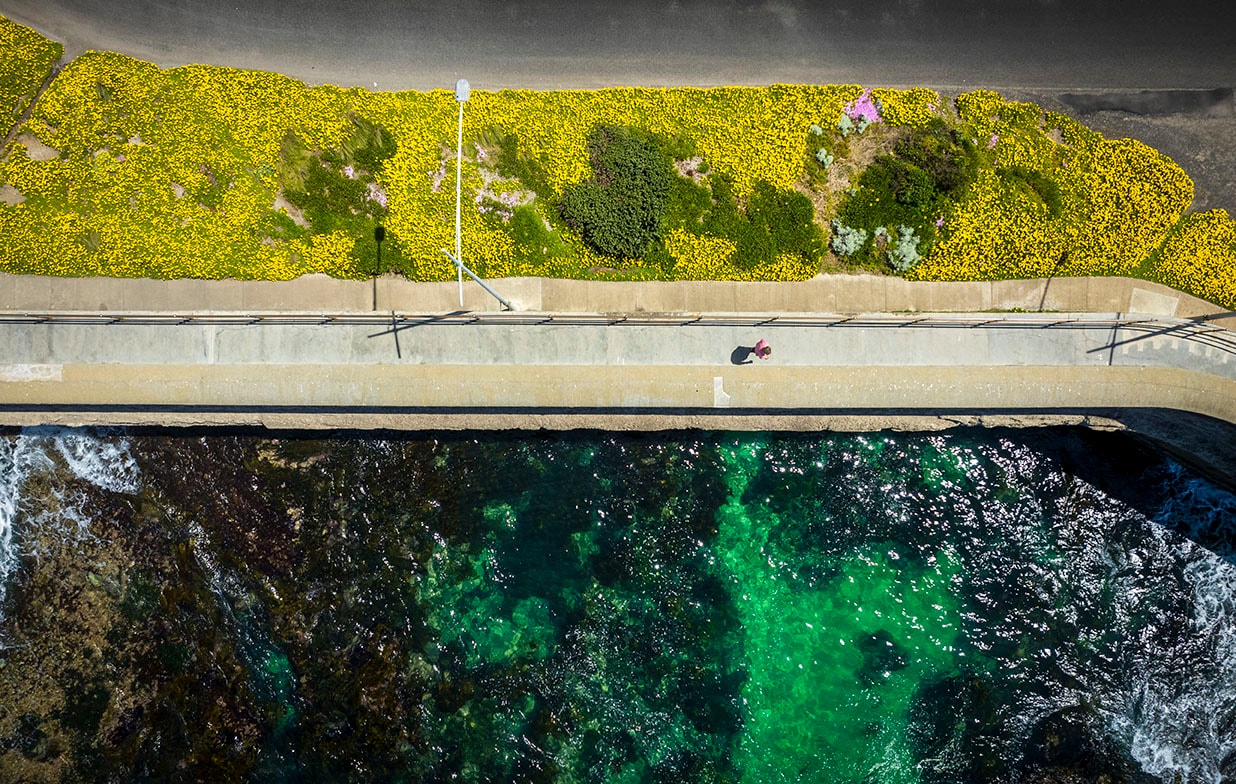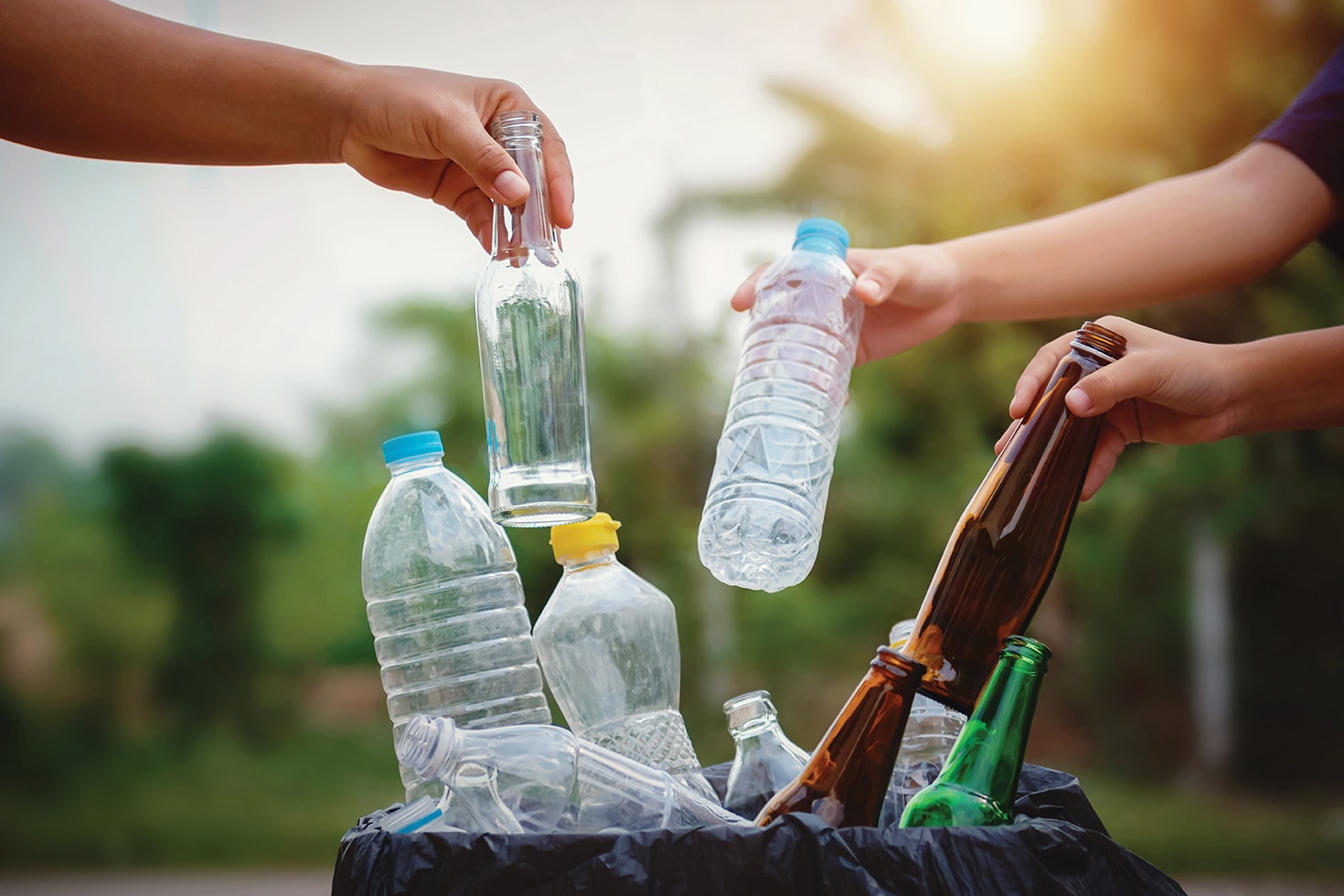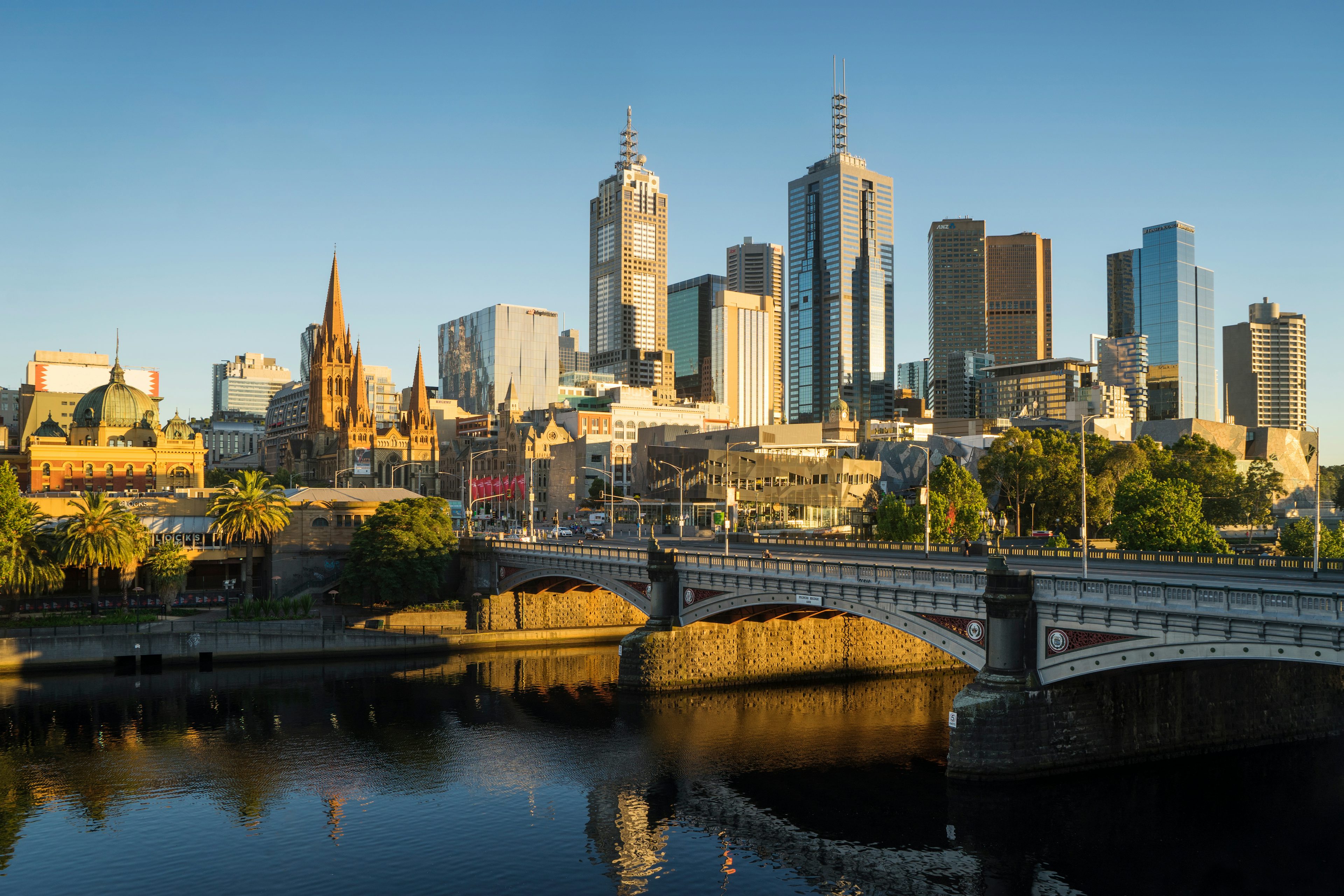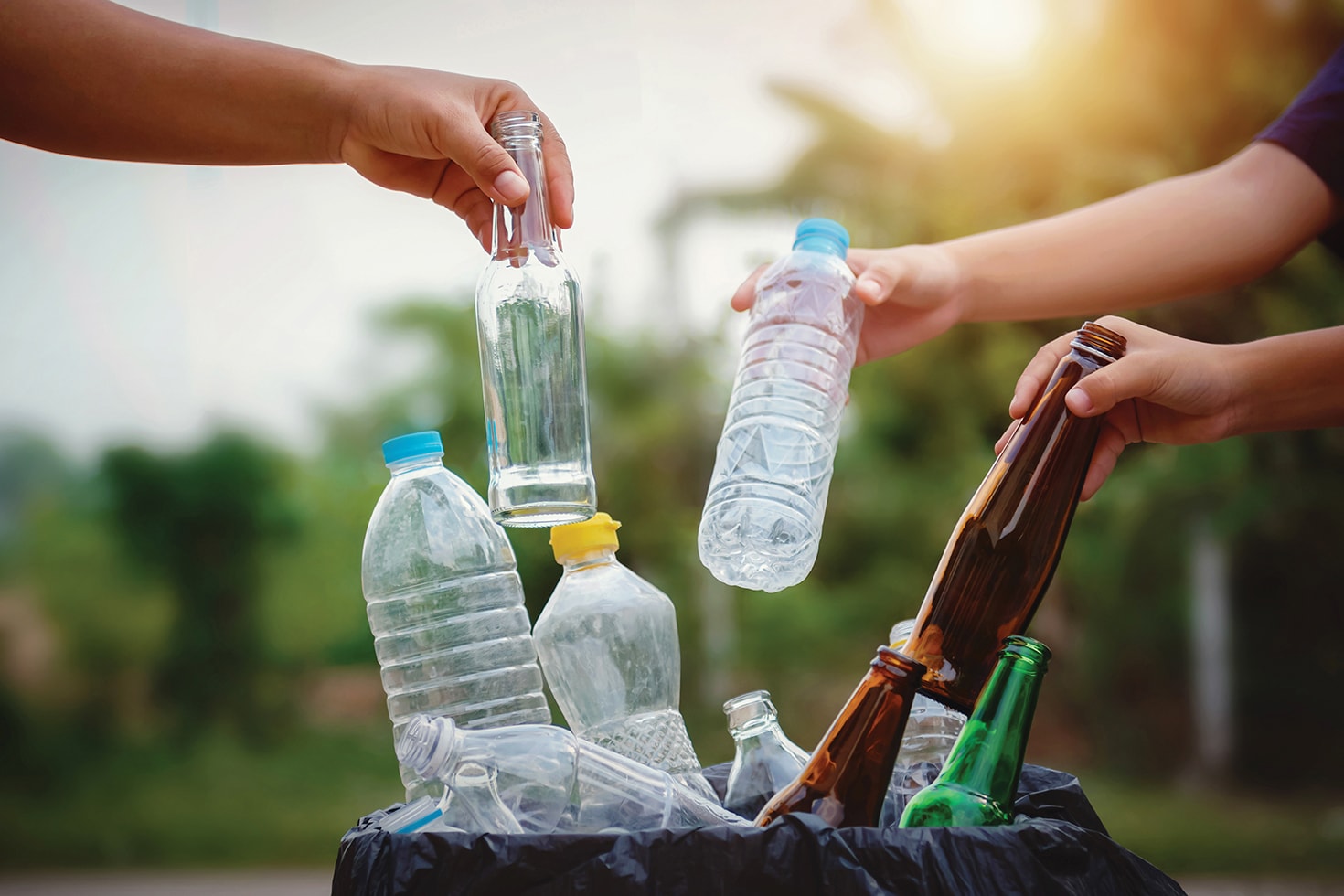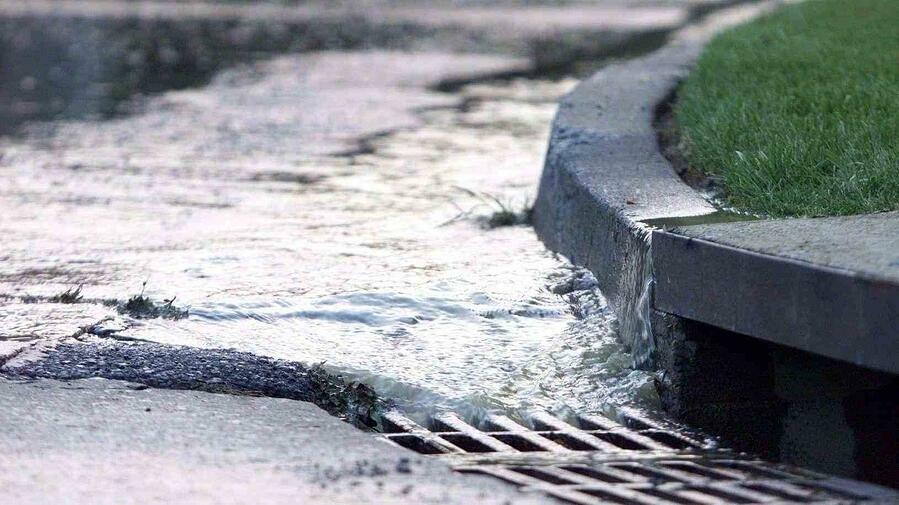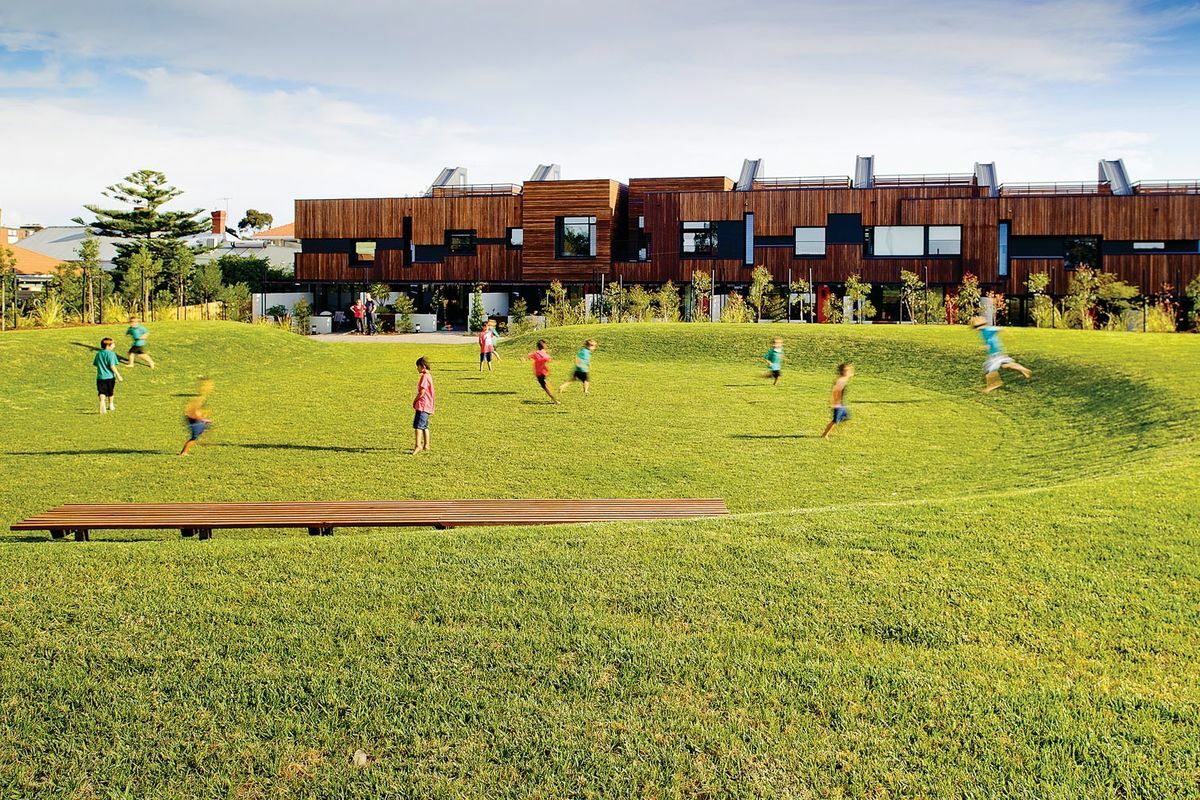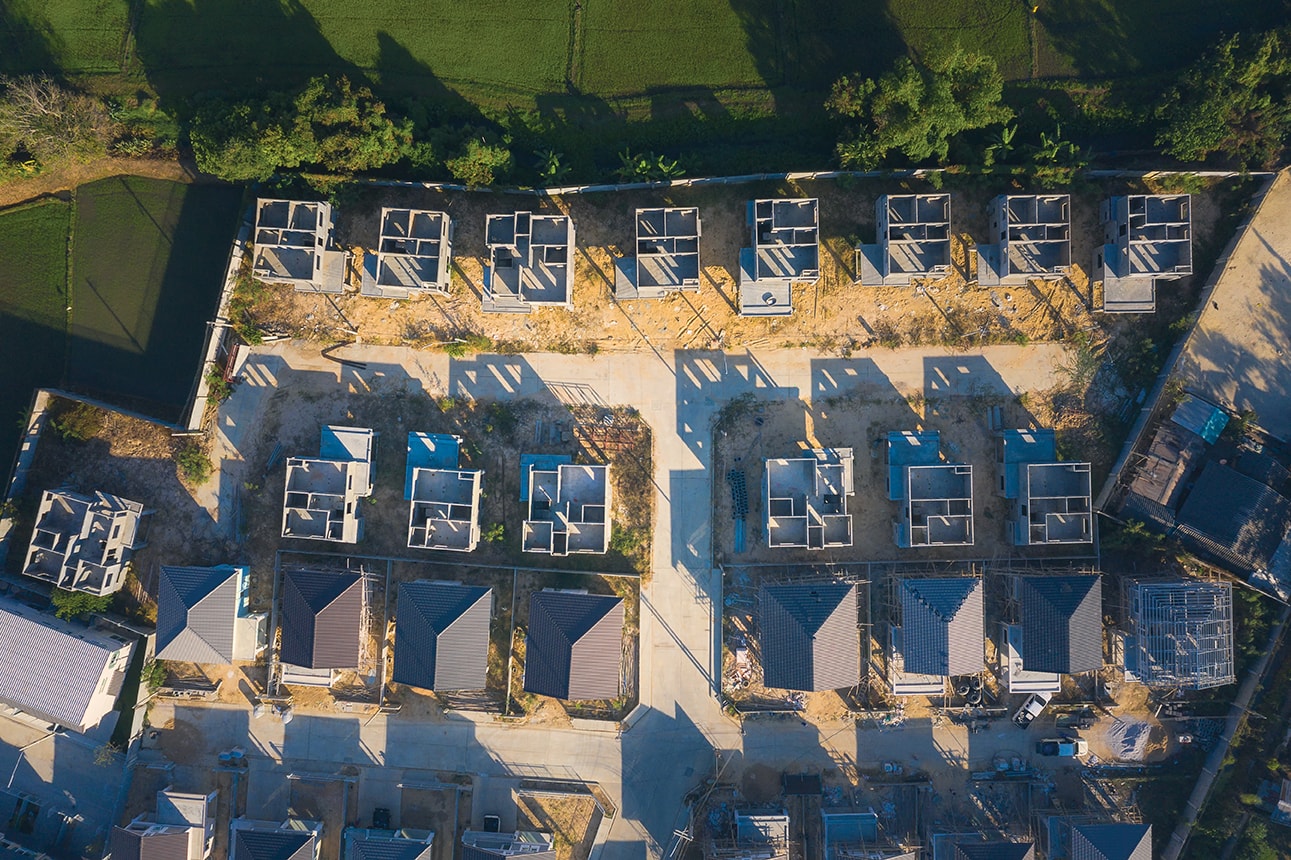Circular economy
Reducing waste, reusing materials and recycling resources helps conserve valuable materials. Our research shows how a circular economy can decrease environmental impacts. It can also create new job opportunities and develop skills in Victoria.
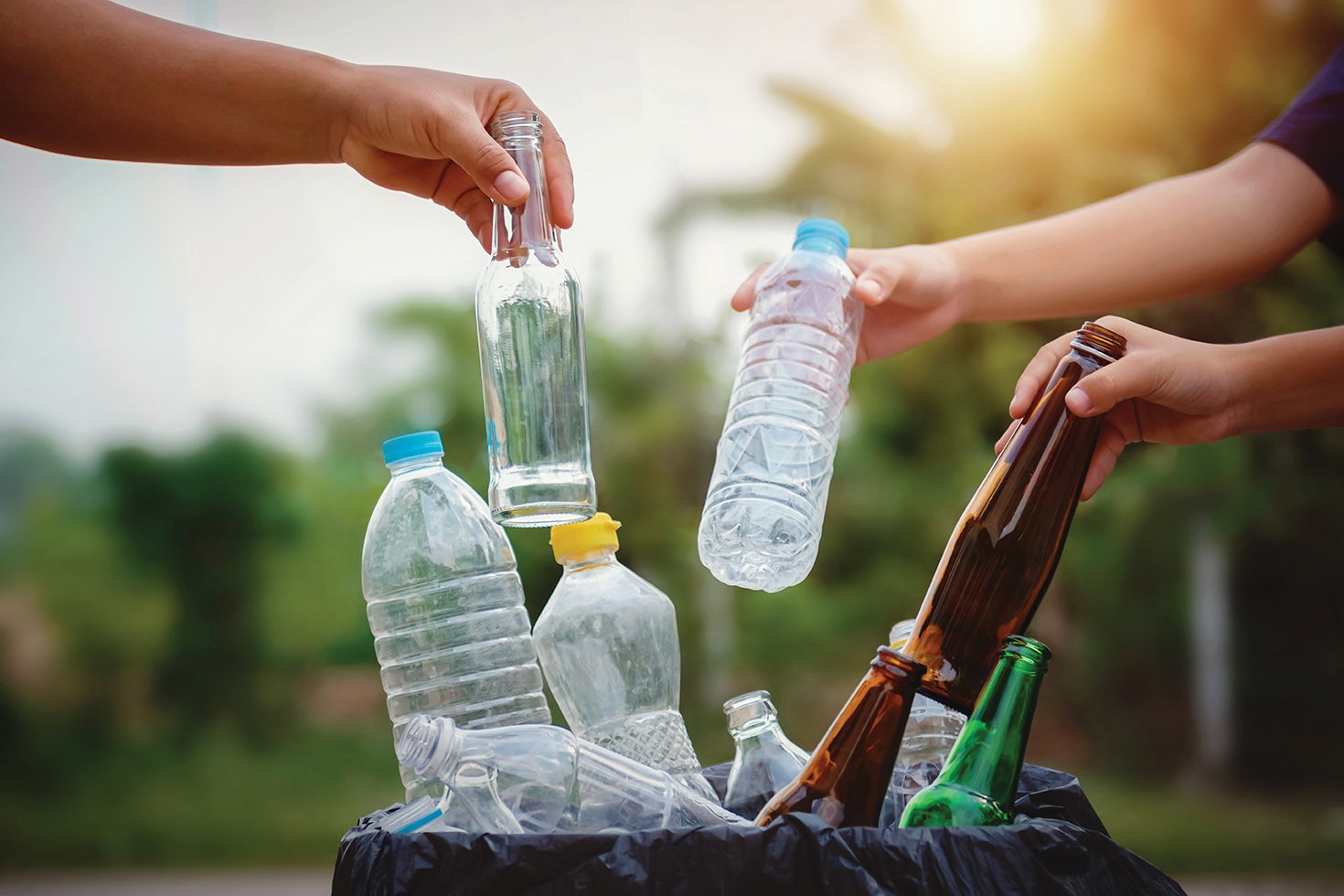
Challenges
Victoria is producing too much waste
The Victorian Government has committed to transitioning to a circular economy. But Victoria is producing more waste today than ever before. From 2000 to 2018 waste doubled from 7.4 million to 14.4 million tonnes each year. About 30% was buried in landfill. To meet new waste and recycling targets, we need to significantly reduce the waste we produce.
Resource recovery and recycling has stagnated
Resource recovery rates have stagnated to under 70% of total waste. The markets for recycled materials are weak, so materials that could be recycled are too often stockpiled or go into landfill. Victoria can improve resource recovery and transition to a circular economy with the right infrastructure and policies.
Key recommendations
In the next year, reduce recyclable material contamination by supporting greater consistency in kerbside and commercial collection and separation of glass, paper, cardboard and organic materials. Design and implement behaviour change programs to reduce contamination and consistently maintain further behaviour change programs in the next 30 years.
Last updated Dec 07, 2021
In the next year, focus efforts to increase and upgrade waste processing infrastructure on 6 priority materials. Facilitate increased recovery and reprocessing capacity and capability for paper and card, plastics and organics by 2025. Revisit finding mechanisms and align recycling infrastructure with land use settings.
Last updated Dec 07, 2021
In the next 2 years, improve infrastructure planning for managing residua waste and further clarify the role of waste-to-energy facilities. Over the next 30 years, consistently invest in waste avoidance through behaviour change programs, pricing, regulation and other incentives.
Last updated Dec 07, 2021
Continue to deliver market development for recycled materials by updating standards and specifications to be performance-based rather than material based and explicitly require the Victorian public sector to use recycled products where feasible. In the next 5 years, support research, development and demonstrations to build confidence and demand for recycled products.
Last updated Dec 07, 2021
